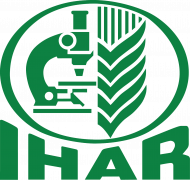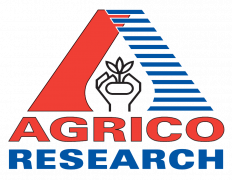Abstract
To select potato genotypes tolerant to water deficit, systems to simulate this stress have been used. Polyethylene glycol (PEG) is the main osmotic agent used for this purpose, but it causes an excessively severe stress. However, it is difficult to carry out an experiment that aims to compare plant responses under water deficit by osmotic or matric induction, and, thus, few studies compare these stress-inducing mechanisms. Therefore, the objective of this study was to compare the responses of Agata, BRS Clara, C2406-03 and Cota genotypes to water deficit in both induction methods (matric or osmotic). The tests were carried out in a greenhouse, one using hydroponics (osmotic induction) and the other in pots with soil (matric induction). In both tests, the application of stressful conditions occurred at the beginning of tuberization. Assessments of gas exchange and shoot temperature were made throughout the exposure to stress. Also, samples were collected from leaves for analysis of osmotic potential and leaves and tubers for analysis of metabolite content. At the end of the potato plant cycle, the number and weight of tubers were evaluated. In both stress conditions, there were significant reductions in photosynthesis and transpiration rate compared to the respective normal hydration conditions. In addition, indicators such as metabolite levels (proline and soluble sugars) were significantly altered in plants exposed to different stress inductions. These data, together with the significant limitations in the growth of stressed plants, indicate that the experimental models induce similar responses. However, the water deficit by osmotic induction was more severe for the potato plants when compared to stress due to matric induction, mainly affecting tuber production. Therefore, the water deficit osmotic induction model can be recommended for phenotyping tolerance to this stress, due to the hydroponic system inducing greater tuber production per plant under optimal cultivation conditions.















